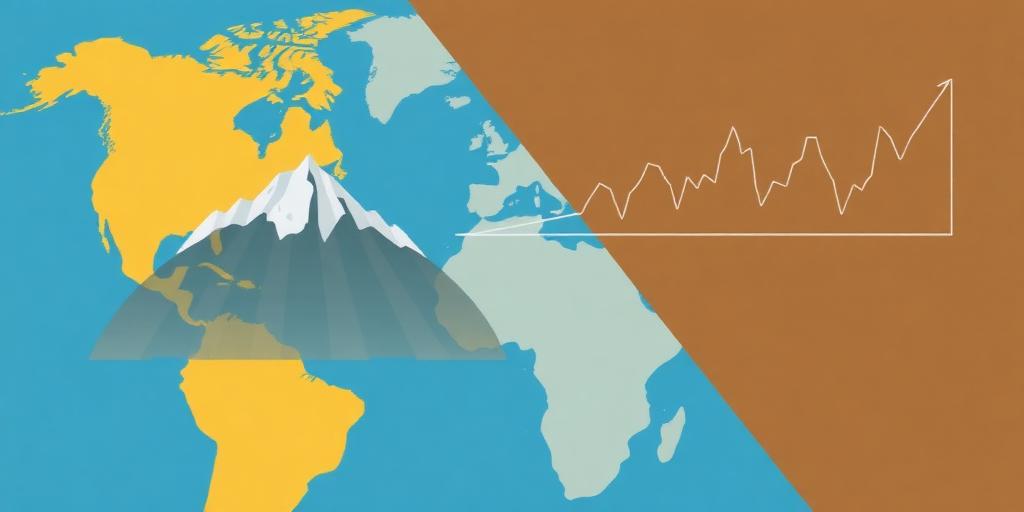The Impact of Geographic Barriers on Economic Integration
Geographic barriers, such as mountains, deserts, and bodies of water, significantly impact economic integration. These barriers can impede the movement of goods, services, labor, and information, leading to increased transaction costs, reduced trade, and slower economic growth.
1. Increased Transportation Costs
Geographic barriers often necessitate longer and more complex transportation routes, increasing the cost of moving goods. For example, mountainous terrain may require the construction of tunnels or winding roads, adding to infrastructure costs and transit times. Similarly, transporting goods across large bodies of water requires specialized vessels and port facilities, increasing shipping expenses.
2. Reduced Trade
Increased transportation costs due to geographic barriers can make it more expensive to trade goods and services between regions or countries. This can lead to reduced trade volumes and limit the extent of economic integration. For instance, countries separated by mountain ranges may find it more difficult to trade with each other compared to countries with flat, easily accessible terrain.
3. Limited Labor Mobility
Geographic barriers can also restrict the movement of labor, hindering economic integration. Migrants may be less likely to move to regions that are difficult to access or where transportation costs are high. This can lead to labor shortages in some areas and surpluses in others, reducing overall economic efficiency.
4. Communication Challenges
In addition to physical barriers, geographic obstacles can also impede communication and information flows. Mountainous terrain can disrupt radio signals, while remote islands may have limited internet access. These communication challenges can hinder business operations, reduce information sharing, and slow down economic integration.
5. Policy Implications
Recognizing the impact of geographic barriers on economic integration is crucial for policymakers. Governments can invest in infrastructure projects, such as roads, bridges, and tunnels, to overcome these barriers and facilitate trade and investment. Additionally, policies that promote regional cooperation and reduce trade barriers can help mitigate the negative effects of geography on economic integration.
6. Case Studies
- The Andes Mountains: The Andes Mountains pose significant challenges to economic integration in South America, limiting trade and transportation between countries like Chile and Argentina.
- The Sahara Desert: The Sahara Desert separates North Africa from Sub-Saharan Africa, hindering economic integration and limiting the flow of goods and people.
- Island Nations: Island nations often face higher transportation costs and limited access to larger markets, making it more difficult to achieve economic integration.
7. Conclusion
Geographic barriers have a significant impact on economic integration by increasing transportation costs, reducing trade, limiting labor mobility, and creating communication challenges. Overcoming these barriers through infrastructure investments and policy interventions is essential for promoting economic growth and fostering greater integration.









